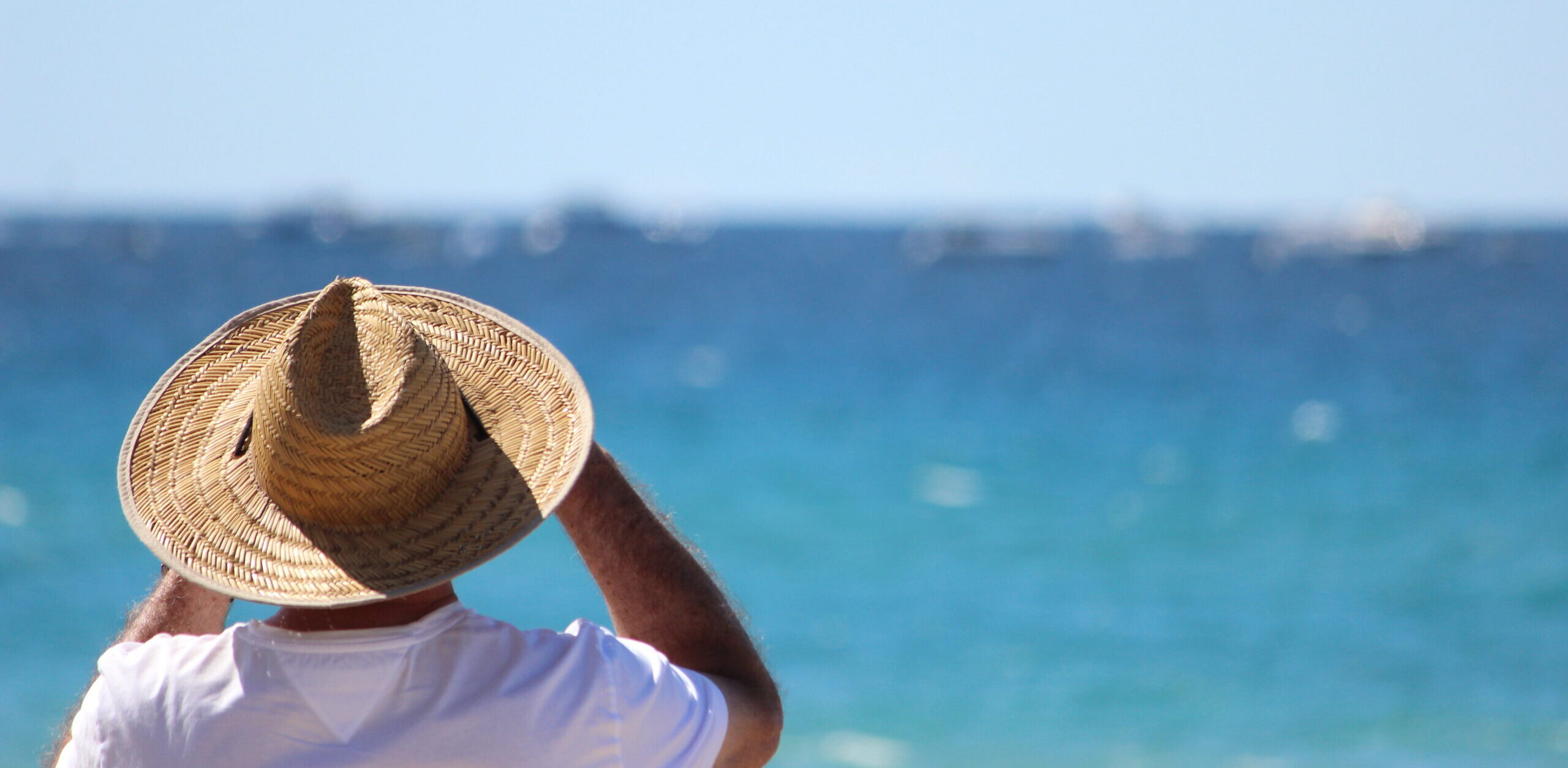The conclusion was contained in survey data compiled by the Australian Bureau of Statistics (and funded by the Cancer Council) of 8500 Australians from November 2023 to February 2024 year and only just released.
The council said only 53.9% of respondents said they used three or more forms of sun protection during peak UV times, detailing the five protective measures: protective clothing, water-resistant SPF 50/50+ sunscreen, a broad-brimmed hat, shade and sunglasses.
The council said the survey findings showed that over 2 million Australians tried to get a suntan in the last year with almost 1.5 million sunburnt in the week before they were surveyed.
Other findings released by the council were that Australians aged 15-24 years were the least likely to use adequate sun protection during peak UV times (39.4%) compared to those aged 45-54 years (61.6%). One in five (20.6%) of Australians tried to get a suntan in the last year with more young women (26%) doing so than young men (15.3%).
Only two in five (38.1%) Australians used sunscreen on most days during late spring and summer with men less likely to use sunscreen regularly (27%) compared to the number of women (50.7%). Men were also more likely to be outside during peak UV times (64.8%) than women (56.6%).
Professor Anne Cust is chairwoman of the Cancer Council’s National Skin Cancer Committee; she says the new data reinforces Australians are not doing enough.
“It’s encouraging to see half of Australians are using three or more forms of sun protection,” she says.
“However, the research indicates that many Australians still aren’t safe in the sun when they’re out and about. We want people to make sun protection a part of their daily routine …”.
““Overexposure to UV radiation from the sun is the greatest risk factor for skin cancer, and we know that sun exposure and skin damage is cumulative, leading to a higher risk of skin cancer later in life. However, it’s never too late to prevent further damage.
“That’s why we need to remind all Australians of the simple steps they can take to reduce their skin cancer risk every day.”
Adjunct Associate Professor Craig Sinclair is Director of the World Health Organisation Collaborative Centre for UV Radiation from Cancer Council Victoria.
He says the data shows that it’s important that everyone, particularly the young incorporate sun protective measures into their routines to reduce the risk of skin cancer.
“Just 15 minutes of UV exposure can cause skin damage such as a suntan, increasing your risk of skin cancer later in life,” he explained.
“If we can encourage daily sun protection habits with young Australians, it will greatly reduce the impact of skin cancer for future generations.”






